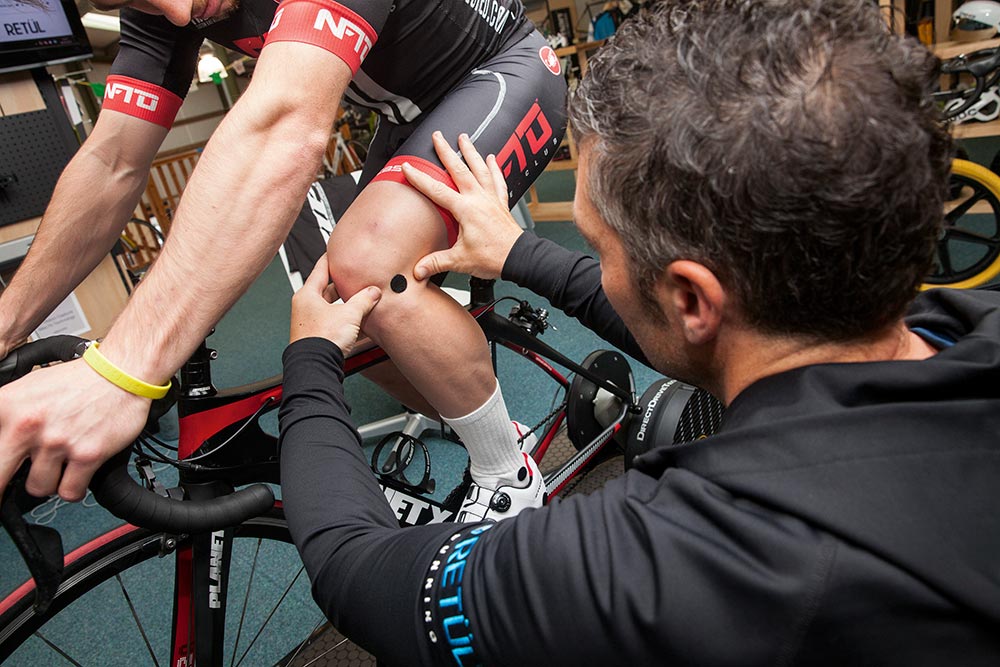KNEE PAIN WHILE RIDING AND
HOW TO FIX IT
Doing something on a regular basis—especially if you’re just getting started with cycling, can bring to light all sorts of smaller issues, which can possibly blossom into a larger problem.
For example, if your biking every day or every other day and your biking physical form isn’t perfect—or if you’re not warming up properly beforehand or cooling down afterward—these smaller mistakes that somehow seem rather insignificant, can actually lead to an injury later on.
When it comes to cycling, if you’re suffering from some degree of knee pain, don’t be alarmed—that’s not particularly uncommon! However, it is generally an indication that there is another problem elsewhere.
Before we get into how to fix it, we have to first figure out why you’re feeling pain.
The Root of Your Pain
We all can’t be professional riders, who have access to world-class physiotherapists and osteopaths at their disposal. However, one thing is comforting in that thought—if the professionals have pain, then there’s nothing wrong with us amateurs!
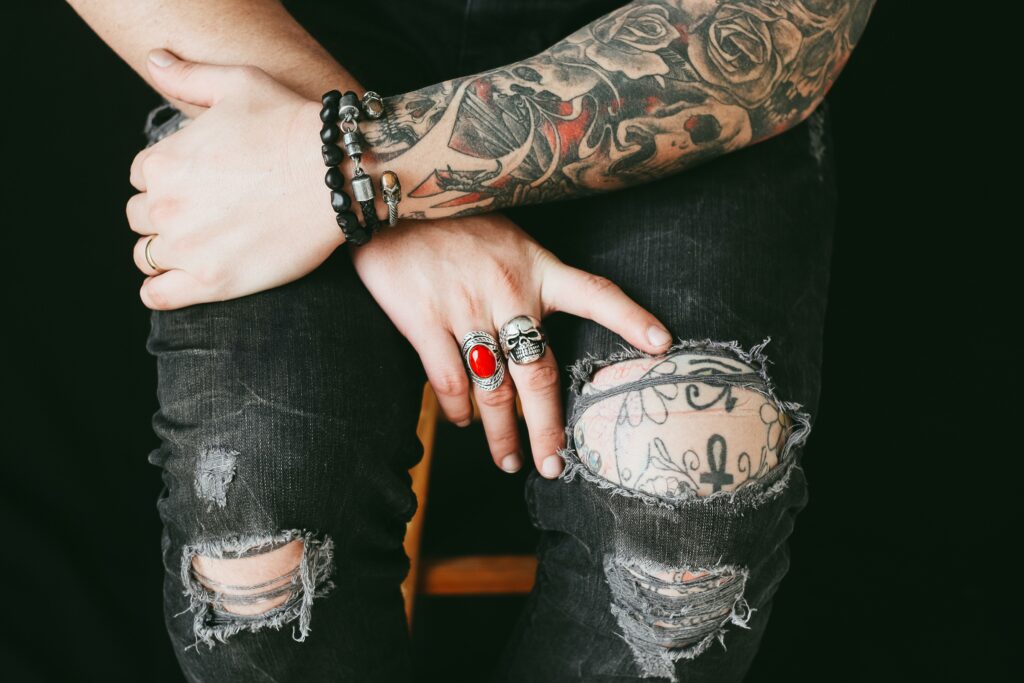
There are some different types of pain that you might experience if you’re a bike rider. In this article, we’re going to cover a few of the parts that are the most common among bike riders.
For example, we’ll go over anterior knee pain, which is at the front of the knee, posterior pain, which is at the back, lateral and medial pain, which is on either side of the knee (middle and outside), a knee pain that can be because you’re weak in your core (sorry to say), and also something called Spring Knee pain, which we’ll get into later.
Let’s take a closer look at the different types of pain:
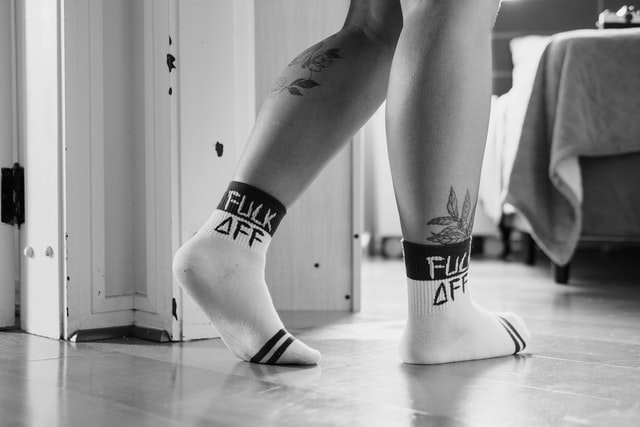
Anterior Pain:
Cleverly named “Anterior Knee Pain”, this sort of pain is actually the most common among bikers.
The cause behind this pain can be centralized to a certain tightness in the quads or the tissue on the IT band.
This sort of tightness will then pull on your patella and cause pain. If you’ve been taught the correct form of how to bike, this can be a hard injury to wrap your mind around—if you’re clipped in and your feet are straight with proper form, why are you feeling pain?
Actually, this sort of pain can be caused by how fit you are or your actual bike. You also cannot rule out that your form might be compromised, with your knees going out during a bike fit.
If left to its own devices, this pain can lead to irreparable damage to the cartilage in your knee or the meniscus.
So, how do we fix it?
The saddle height might even be the cause of your pain and strain—so make sure first and foremost, that your bike is sized and fit correctly.
Your muscles are feeling tight, so make sure you are foam rolling and stretching—especially after a longer bike ride. If you still want to continue bike riding, consider using Kinesio tape, which can help pump blood flow to the injured area and keep you from injuring it again.
Posterior Pain:
Logically speaking, if anterior pain is often caused by tightness in the quads, that means the posterior pain’s cause can be found in the back of your thighs, in the hamstrings.
Your saddle might be too high—so, make sure, especially if you’re first getting started, that the bike is fitted for your size correctly.
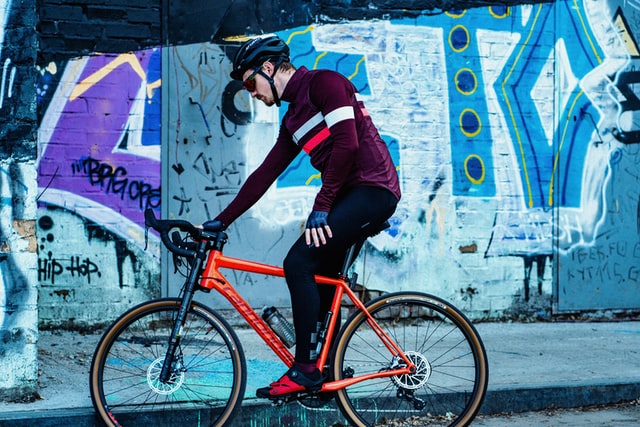
Not only is it dangerous to ride an unfit bike due to a possible crash, but also can be dangerous because of injury.
The pain can also be caused by overextension, when the saddle is too high, then the hamstring muscles overwork themselves to help cope and overload themselves. This can lead to a pull in the muscle that can trickle down to the back of the knee.
So, how do we fix it?
First and foremost, resize or fix your bike, this can help reduce the risk of the injury to continue or persist. Your saddle height should be properly fit so you’re not going to be compromising your hamstrings.
If you’ve figured out the origin of the problem, you can then head into a treatment plan. Not only should you be foam rolling and stretching before (and especially) after a bike ride, you should also consider icing.
If you’re feeling the pain throughout the day, just five minutes on, twenty minutes off a few times a day can help you lessen the inflammation and help you heal.
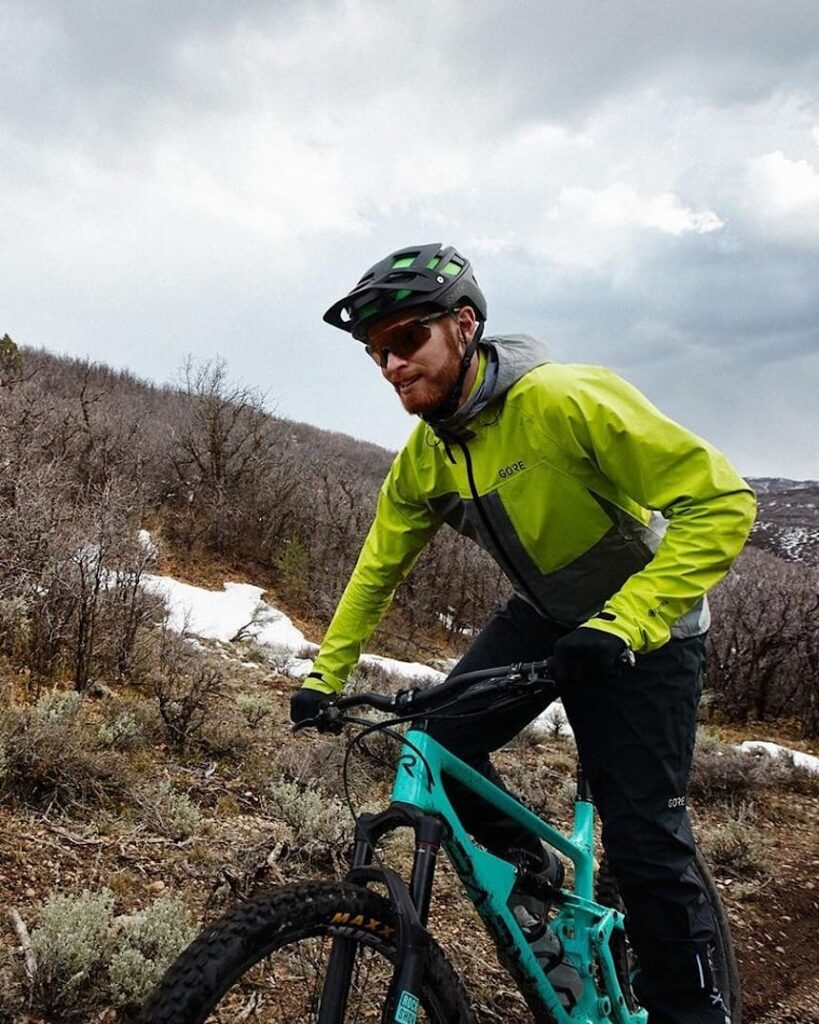
Lateral and Medial Pain
Lateral means side and medial means middle—so why did we loop these two different types of pain together?
Well, the interesting thing here is that whether you have medial pain or lateral pain, the cause may be the same!
Although both of these types of pain can be caused by a tight IT band or tight quads, it can also be caused by incorrectly angled cleats. Although you might not think anything of this minor detail, being aware of the angle of your feet on your cleats can make all the difference in the world!
So, how do we fix it?
No matter what, your cleats should definitely be as straight as possible—not any degree inwards or outwards—because this can lead to pain.
This neutral position means that your cleats should be positioned right beneath the ball of your feet and kept as straight as possible. While you’re correcting your feet positioning, make sure you’re also paying attention to your saddle height, as well.
Weak-Core Knee Pain
The next knee injury is actually pretty interesting—since the source of pain is actually caused by your strength. This means that you’re able to do something about it without having to worry much about physical therapy.
As a cyclist, you’ll tend to overwork your quads and your calves. However, when you’re lacking in strength in your core or your glutes, this can actually lead to injury. From the lower back to the abs, from the glutes to the hip flexors, the movement of cycling takes the entire lower half of your body. Therefore, you need to make sure that you’re training all of these to be able to keep adequate and proper form.

Weakness in the core and in the glutes can cause knee pain since your body is then asking way too much of your hamstring and your quads. This overworking can lead to a knee collapse. where your knee goes inward.
Before you have pain, make sure that you’re doing adequate prevalent exercises that target these muscles, firing them up so you try and prevent the pain from coming around in the first place.
So, how do we fix it?
Exercises that focus on the glutes and the core, like a single leg touch down, bridge, and plank are all great exercises that help keep your body parallel and in good form.
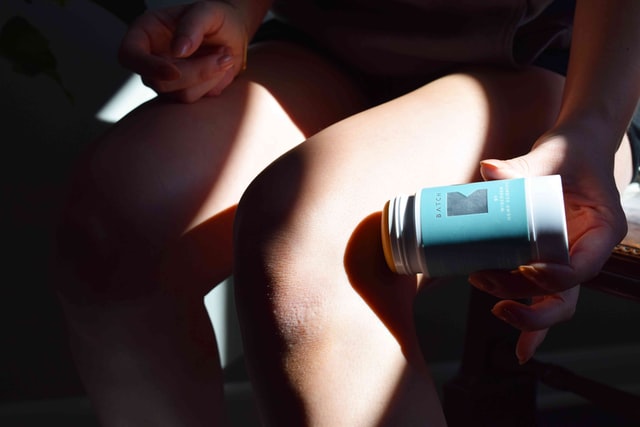
Spring Knee Pain
And finally, if you’re suffering from overload or Spring Knee pain, that means that you’re most likely doing too much and overexerting yourself on the bike.
Spring Knee stems from a rapid spike in the number of miles in a very short period of time.
Even the most professional of cyclists can get Spring Knee if they are doing some last-minute training for an upcoming race
However, it can be dangerous. If you don’t take a break and stay off your bike, tendinitis can set in.
So, how do we fix it?
If you’re suffering from Spring Knee, then you definitely want to give yourself and your body a rest.
You should also focus on stretching (especially the hamstring) and adding some key strength exercises in order to increase your muscle mass.
Your bike’s gears can also be the culprit of Spring Knee—or at least, it might not be helping your cause. This can mean you’re over-gearing, which means you should try and stick with the smaller gears at first.
See a Specialist
Of course, we hope that these introductory short guides have helped give you an idea of what may be bringing you pain when you’re on a bike. However, it’s always important to leave it up to a specialist when it comes to real pain.
If you’re either not seeing healing, progress or strength, then it definitely is time to take your pain to a professional. Even if you’re an amateur cyclist, you’re still pushing your body through a strain that might not be healthy for it in the long run. ¨
It’s important that not only is your pain treated—but you also need to look at the origin of the pain and consider why you may be feeling it in the first place. A specialist can help you do so. At the end of the day, the cause of your pain might even be from the way your bike is set up itself—from the saddle to the seat to even the handlebars!

